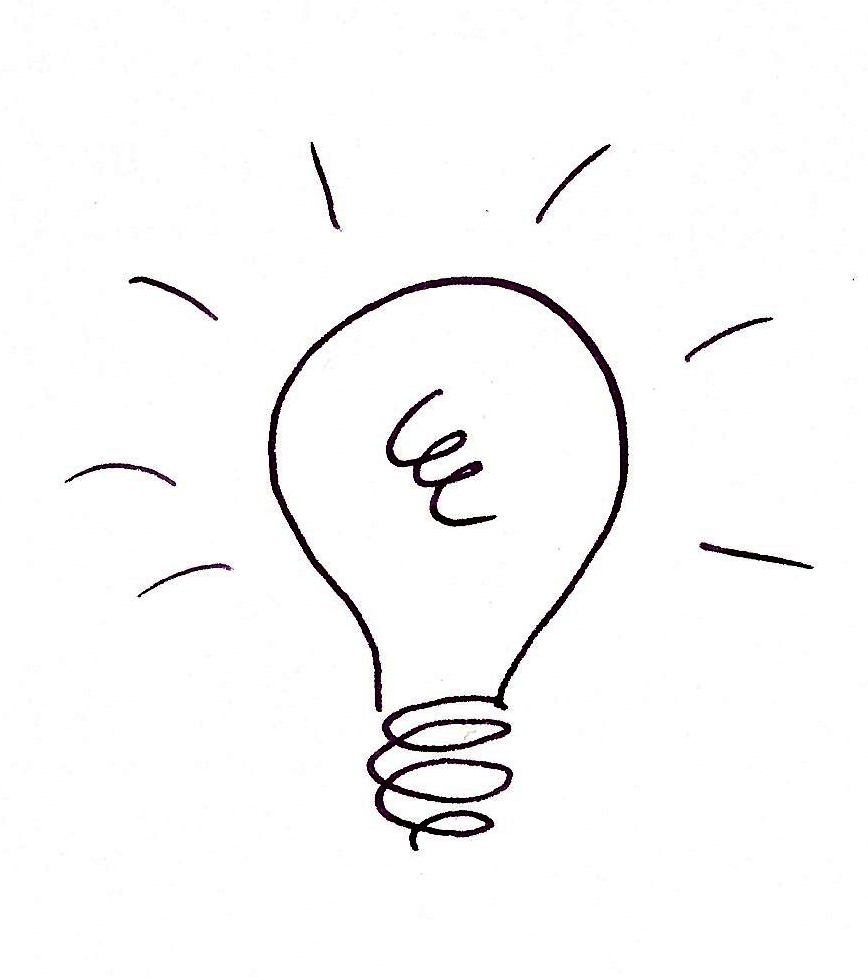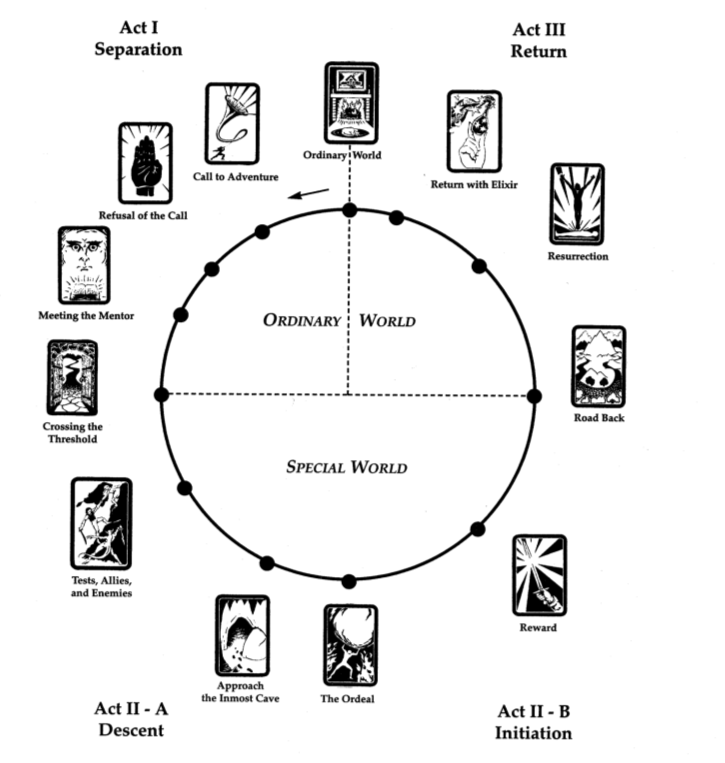Do all your presentations have a dull, predictable pattern: Title Slide, Agenda Slide, About XYZ Company, Our Customers, Our Platform, The Problem, The Alternatives, the solution, Summary, Call me?
There is another fresh way to sell your ideas. Some of the earlier blog posts point to a new way to conduct a presentation, new ideas for how to express important aspects of your idea - like the contrast between how things are and how they could be and the automatic elements of resistance that pop into peoples minds as you tell them your way of doing things. In the previous post we talked about presentation structure, beginning, middle and end, we also discussed how the customer is the hero and the hero needs to agree to go on a journey with you to overcome the challenges and return home to the new dawn.
Now we need to discuss how to help the hero on their way, this involves a more intricate presentation form - visually it looks like the picture above - a constant movement between two contorting scenarios. In a movie once the hero accepts the challenge and embarks on the journey (think Luke going off to rescue the Princess) the story unfolds chronologically - however in your presentation we are unconstrained by the boundaries of space and time and as long as we stick to the presentation form - what is and what could be - we will do just fine.
It is into this form that you place your ideas that ultimately will convey the status quo - a day in the life of a customer without your product, the complexity of today's solutions, the overhead, the cost, the gaps etc...this is interspersed with ideas that convey how life will be like once the hero is using the product, how simple, how much cheaper, how much faster, how much more comprehensive. The presentation form ends with a declaration of how life will be in the new era underwritten by your product. This is your Big Idea and we'll discuss this in the next post.
In Apple's WWDC, Tim Cook ends with a statement about how the world is with Apple in it:
Only Apple could make such amazing hardware, software and services. We are so proud of these products, as they are perfect examples of what Apple does best. And ultimately, it’s why people choose to come to work at Apple, and with Apple. To do the very best work of their lives, to create products that empower people to do great things, to make a difference in the lives of so many people around the world. The products we make, combined with the apps that you create can fundamentally change the world. And really, I can’t think of a better reason of getting up in the morning.
Powerful stuff from Tim Cook, CEO of Apple at WWDC 12 in San Francisco.
Can you reimagine your default presentation presented in this new form?
With an ending like that you too can expect new converts to your ideas.






